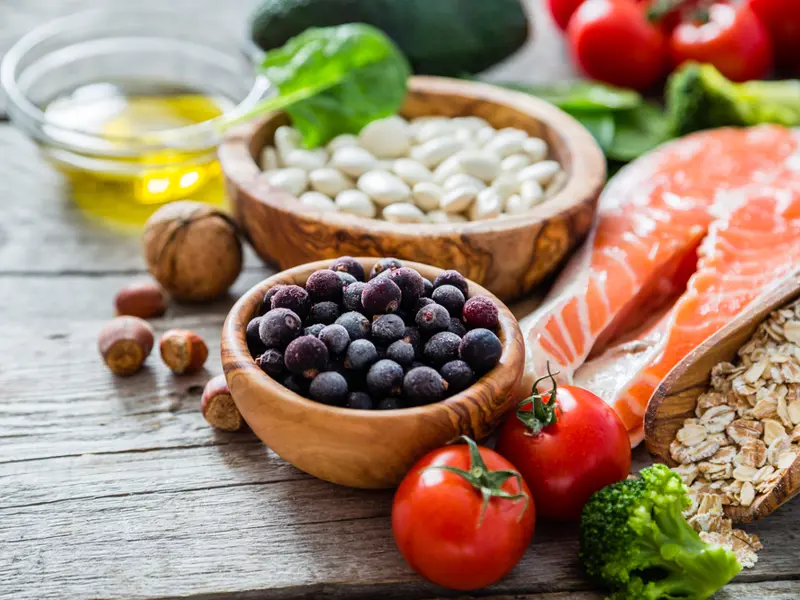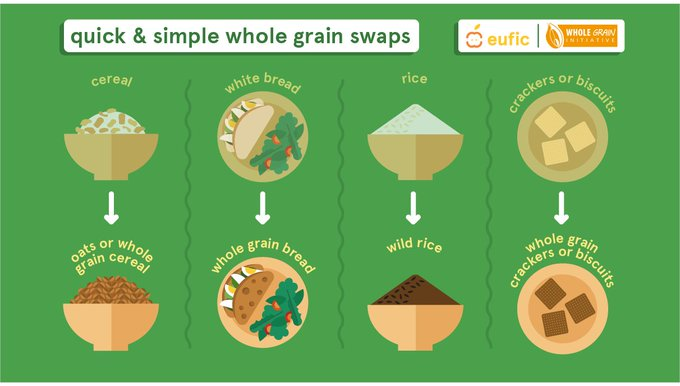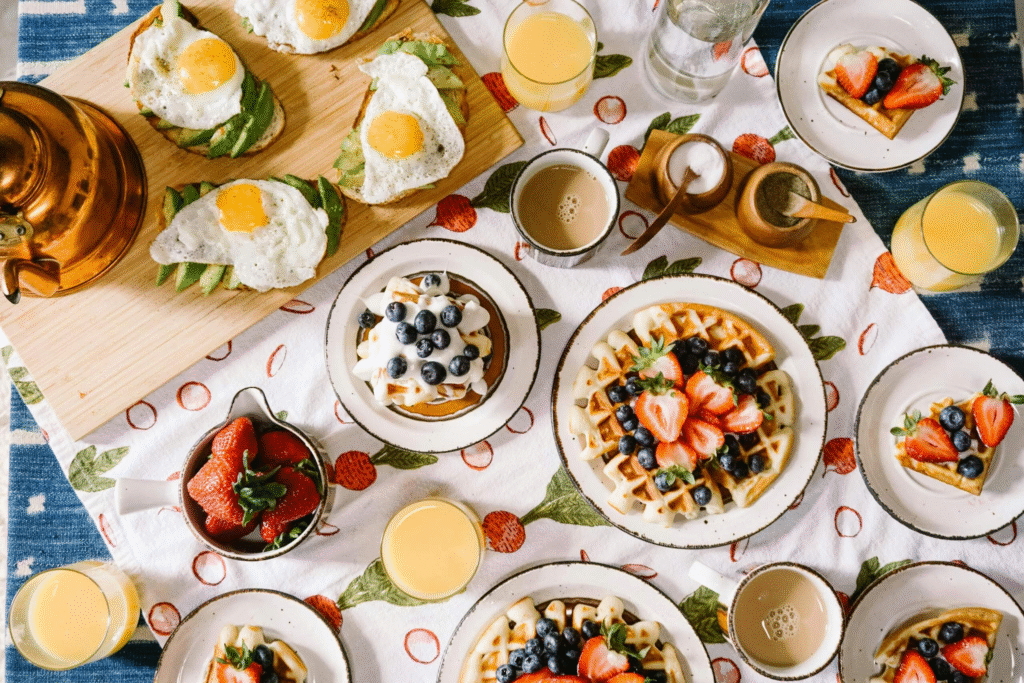Swap smarter, not harder—these 5 easy food changes can help lower blood sugar and fight prediabetes naturally!

Feeling overwhelmed by a prediabetes diagnosis? Start with these 5 practical and sustainable food swaps to manage blood sugar, improve insulin sensitivity, and reduce your risk of type 2 diabetes.
Small Changes, Significant Impact
Receiving a prediabetes diagnosis can feel daunting. It is a clear signal from your body that your blood sugar levels are higher than normal, but it is also a powerful opportunity for intervention. The prospect of a complete dietary overhaul can be overwhelming, leading to inaction. However, the most effective approach to managing prediabetes is not through drastic, unsustainable measures, but by implementing a series of simple, strategic changes.
This guide focuses on five foundational food swaps. By systematically replacing items that cause rapid blood sugar spikes with nutrient-dense alternatives, you can take proactive control of your metabolic health. These swaps are designed to be easily integrated into your daily routine, forming the cornerstone of a sustainable prediabetes management plan.
The Power of a Swap: How Simple Changes Manage Blood Sugar
The core principle behind these swaps is to shift from high-glycemic, processed foods to options that promote stable glucose levels. Foods high in refined sugars and carbohydrates are digested quickly, leading to sharp increases in blood sugar and demanding more from your insulin response. By contrast, foods rich in fiber, lean protein, and healthy fats are digested slowly, providing sustained energy and preventing those damaging spikes. This approach directly addresses insulin resistance, the hallmark of prediabetes.
5 Practical Food Swaps to Get Started Today
Here are five targeted exchanges to begin lowering your blood sugar and improving your insulin sensitivity.
1. Swap Sugary Drinks for Water or Herbal Tea.

- Instead of: Soda, fruit juice, sweetened iced tea, and flavored coffee drinks.
- Try: Infused water with lemon or cucumber, unsweetened sparkling water, or herbal teas like peppermint or chamomile.
- The Reason: Liquid sugars are among the fastest contributors to blood sugar spikes because they are absorbed without the buffering effect of fiber or fat. This is arguably the most impactful single change you can make.
2. Swap Refined Grains for Whole Grains.

- Instead of: White bread, white rice, regular pasta, and sugary cereals.
- Try: 100% whole wheat bread, brown rice, quinoa, oats, or lentil pasta.
- The Reason: Whole grains are complex carbohydrates packed with dietary fiber. This fiber slows down the digestion process, leading to a gradual release of glucose into the bloodstream, which supports better glycemic control.
3. Swap Candy for Berries and Nuts.

- Instead of: Candy bars, cookies, pastries, and other high-sugar snacks.
- Try: A handful of raspberries or blueberries with a serving of almonds or walnuts.
- The Reason: This combination provides a powerful trio: the fiber from the berries, the protein and healthy fats from the nuts. Together, they create a satisfying snack that minimizes blood sugar impact compared to pure sugar.
4. Swap Fried Foods for Grilled or Baked Options.

- Instead of: French fries, fried chicken, onion rings, and other deep-fried foods.
- Try: Grilled chicken breast, baked salmon, roasted vegetables, or baked sweet potato fries.
- The Reason: Frying often adds unhealthy trans and saturated fats and coats food in refined carbohydrates (breading). Grilling and baking are healthier cooking methods that preserve the integrity of the food without the negative metabolic consequences.
5. Swap Sugary Cereal for a Protein-Rich Breakfast.

- Instead of: Sugary cereals, toaster pastries, white bagels, or pancakes with syrup.
- Try: Scrambled eggs with spinach, plain Greek yogurt with berries, or oatmeal made with nut butter.
- The Reason: A protein-rich breakfast helps regulate appetite and blood sugar levels throughout the entire morning, preventing the mid-morning crash and subsequent cravings for unhealthy snacks.
Final Thoughts: Building Sustainable Hab
For enhanced benefits, consider pairing these simple dietary swaps with light physical activity, such as a 15-minute walk after meals. This small step can help your muscles better manage blood sugar while supporting long-term health. Remember, even one manageable swap today can set you on the path toward a healthier future.
To further amplify the advantages of choosing natural foods, you may also want to support your body with Blood Sugar Blaster—a carefully formulated supplement that promotes healthy blood sugar levels. It combines 20 vital bio-available fruit, flower, and bark extracts, along with essential vitamins and minerals, all backed by research and peer-reviewed studies.
By adding Blood Sugar Blaster to your daily routine, you support:
- Healthy blood sugar levels†
- Improved energy production†
- Optimal insulin sensitivity†
- Relaxing, deeper sleep†
- Healthy blood pressure & cholesterol†
🌿 Begin with one food swap, stay active, and consider supplementing wisely—your health trajectory is truly in your hands.

Frequently Asked Questions (FAQs)
Q1: How long will it take to see an improvement in my blood sugar levels after making these changes?
A: While individual results vary, many people can see measurable improvements in fasting blood sugar within a few weeks. Changes in your HbA1c level, which reflects a three-month average, will typically be assessed by your doctor after 3-6 months of consistent lifestyle modification.
Q2: Are there any fruits I should avoid with prediabetes?
A: Fruit is part of a healthy diet, but portion control is key. It’s best to focus on lower-glycemic fruits like berries, apples, and pears, and to enjoy higher-sugar fruits like bananas, mangoes, and grapes in smaller quantities. Always choose whole fruit over fruit juice.
Q3: I don’t like the taste of whole wheat bread. What are other good whole-grain options?
A: Absolutely. The world of whole grains is vast! Explore options like quinoa, barley, farro, oats, or brown rice. You can also try pasta made from lentils, chickpeas, or black beans, which are excellent high-fiber, high-protein alternatives.
Q4: Is it okay to have a “cheat day” while following a prediabetes diet?
A: A more sustainable approach is to think in terms of balance, not “cheating.” An occasional small treat is unlikely to derail your progress if your overall diet is consistently healthy. The goal is to make the healthy swaps your new normal so that indulgences become the exception, not the rule.

